Walking into the over hundred-year-old Hongsheng Memorial Hall in Foshan, one is greeted with an antique atmosphere, with grey sculptures, wood carvings, and brick decorations adorning the building. There are various types of equipment neatly arranged inside, such as broadswords, long staffs, wooden dummies, and lion dance heads, evoking a sense of reverence.
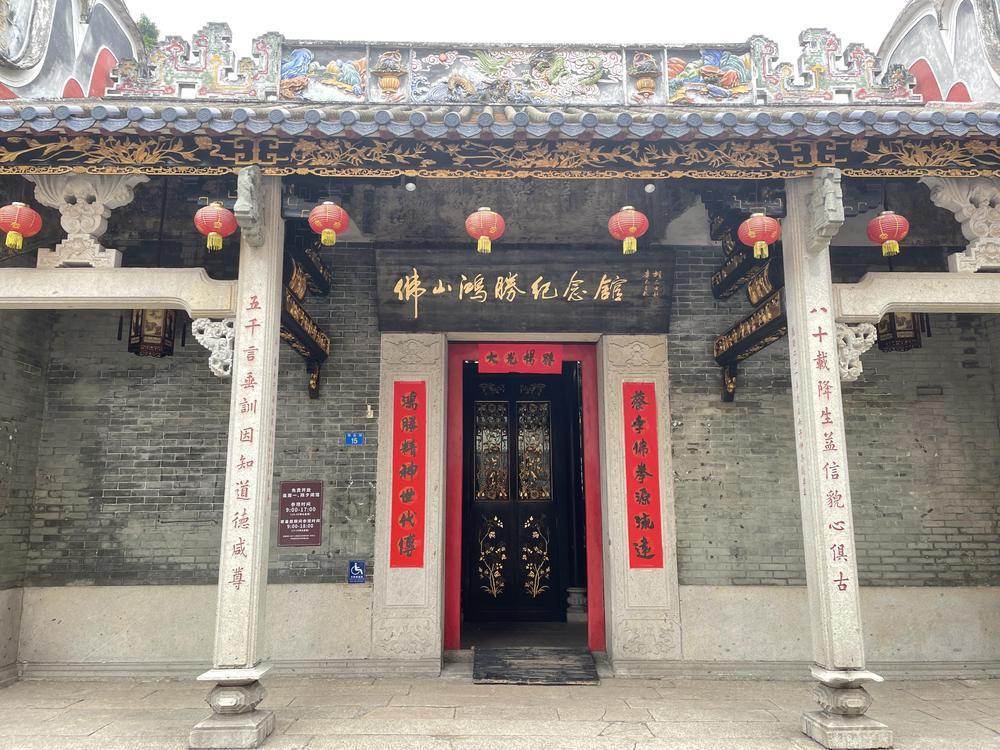
Choy Lee Fut is one of the "Southern Fists" in traditional Chinese martial arts, which was developed by Chen Xiang in 1836 by integrating the strengths of three different styles of boxing - Choy Gar (Cai Clan Fist), Li Gar (Li Clan Fist), and Hung Kuen (Buddha Fist) - and combining them with his own features. In June 2008, Choy Lee Fut was included in the second batch of China's national intangible cultural heritage protection list.
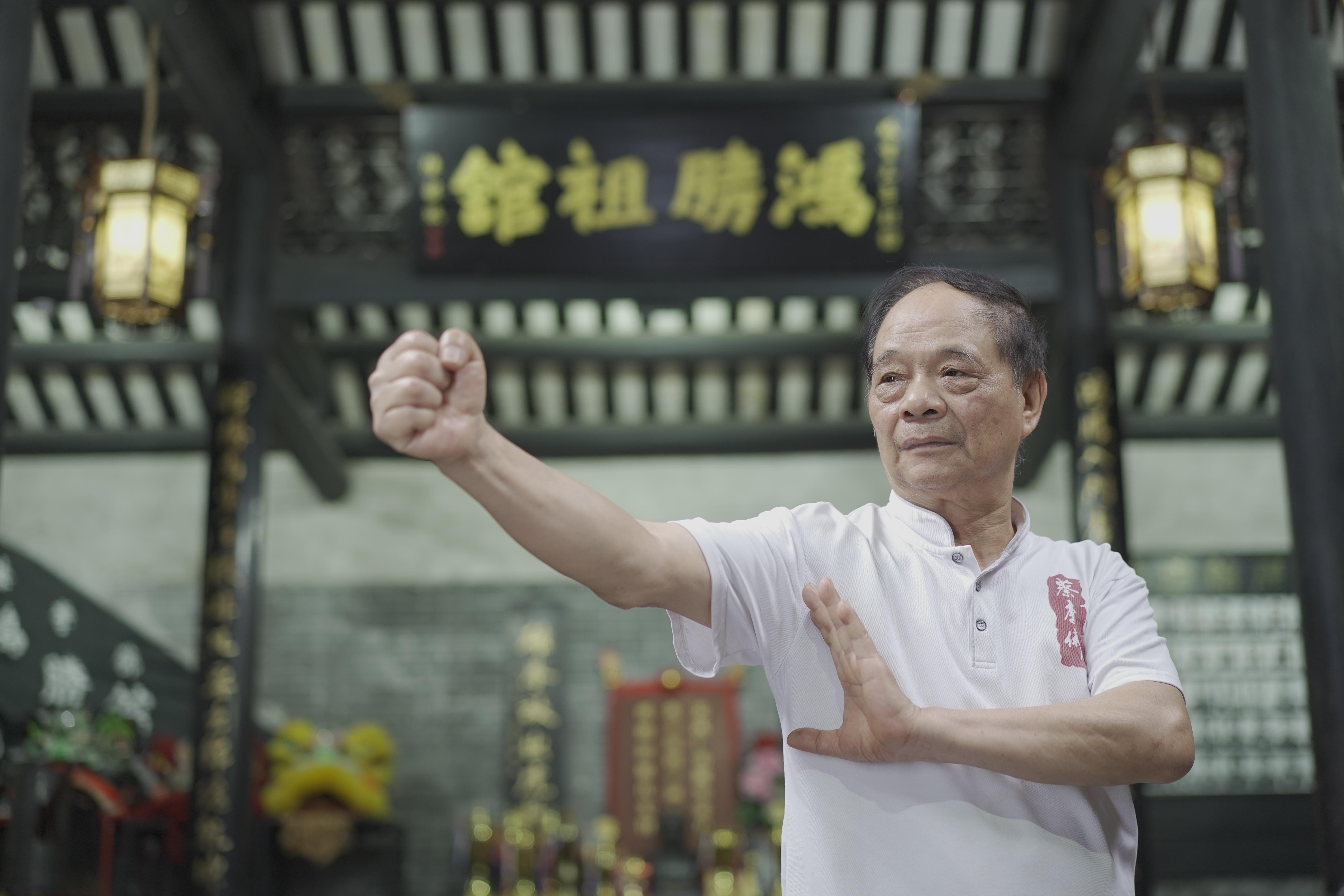
Huang Zhenjiang, the Director of Hongsheng Memorial Hall and the provincial representative inheritor of Choy Lee Fut, is demonstrating the fist salute and horse stance of Choy Lee Fut to elementary school students, who are following his movements attentively. Despite being 73 years old, he still regularly teaches students in the hall every week.
The spirit of martial arts runs through Huang's life
He officially started learning Choy Lee Fut at the age of 17 in 1967. "It took me four months just to get the horse stance right. My master would only teach other moves after I mastered it. I practiced every night and even broke the floor tiles in my home," Huang said. "Choy Lee Fut emphasizes the coordination of waist, arms, legs, and hands, and requires force to be delivered through the fist, palm, and fingers. When punching, one should feel like throwing a flying dart. With good force application, one can increase their strength from 50 kilograms to 60 or even 75 kilograms!"
Huang also shared his master's philosophy: "From the day I became a disciple, my master told me that martial arts are not for fighting or causing trouble. We learn martial arts to strengthen our bodies, defend ourselves, or compete with our peers. We do not teach those with bad intentions."
Carrying forward patriotic spirit
Foshan Hongsheng Memorial Hall, founded in 1851, was the first martial arts school in Foshan to openly recruit disciples. It is also one of the longest-established and most populous martial arts schools in China. Since then, Hongsheng Memorial Hall has trained generations of martial arts masters, with many of them sacrificing themselves for the Chinese revolution.
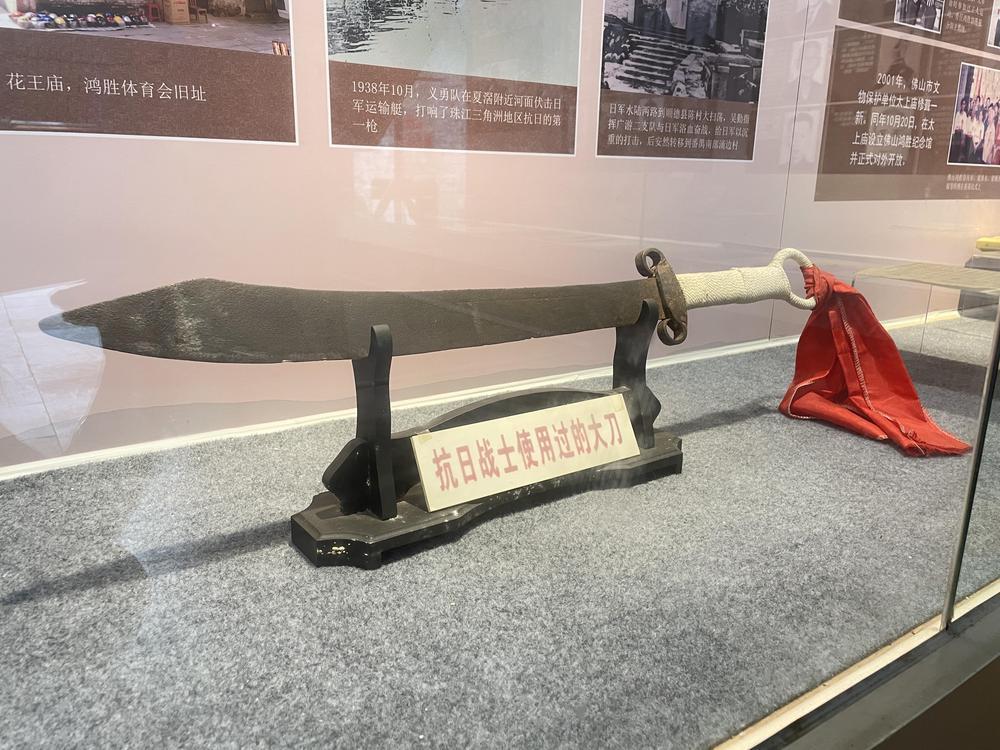
In 1937, the "Broadsword Martial Art for Defeating Japanese Invaders" was selected to be promoted nationwide, incorporating the characteristics of Choy Lee Fut's swordsmanship - deviation and striking at key points - to overcome the enemy.
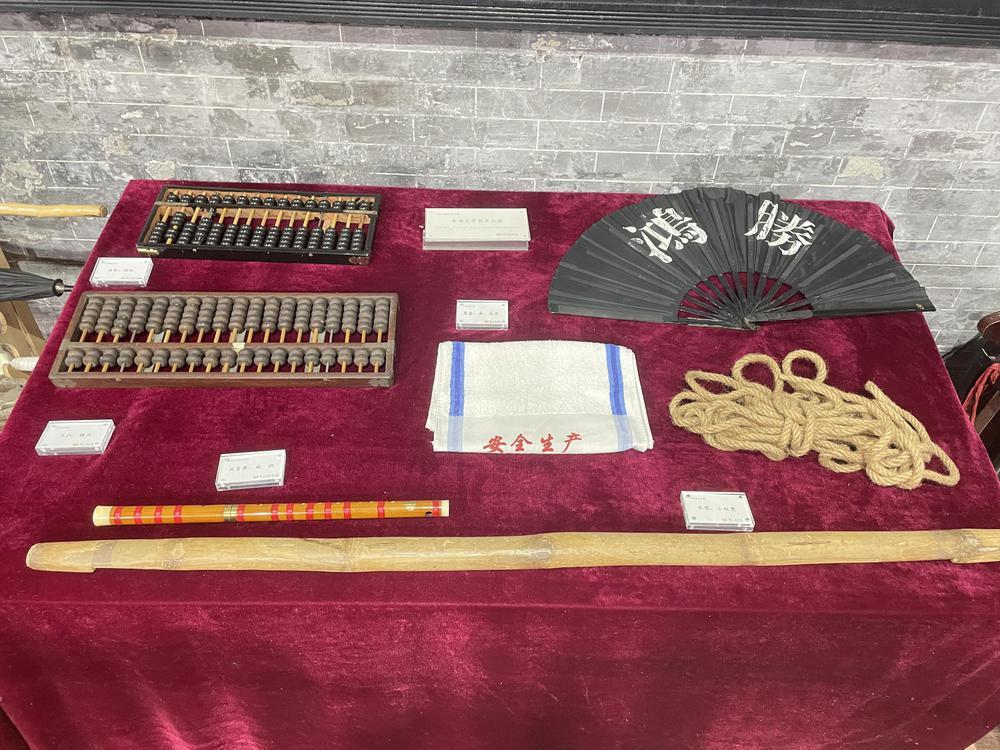
Trying to enter the market
In July 2021, the Cantonese opera "Hongsheng Memorial Hall" premiered to great acclaim. In November of the same year, the Cantonese opera "General's Order" also premiered in Foshan, depicting the heroic deeds of the martial arts masters of Hongsheng Memorial Hall who joined the revolution.
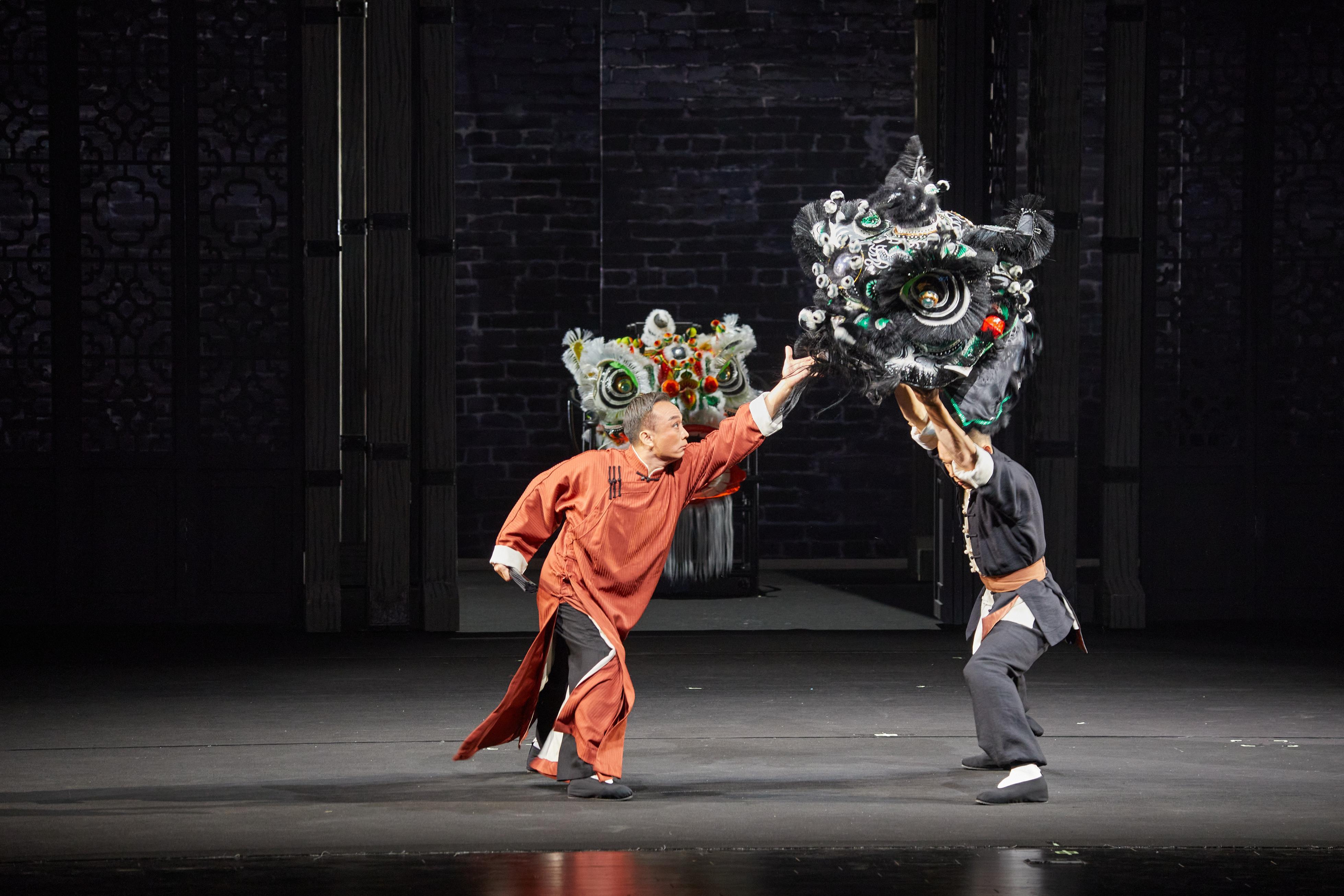
Huang Zhenjiang believes that Cantonese operas adapted from gym-related stories are very helpful for educating young people. Since the end of 2015, Hongsheng Memorial Hall has established a martial arts team that combines martial arts with stage arts, enabling more people to learn about it.
In addition, Liang Xuyong, the deputy director of Hongsheng Memorial Hall, founded "Hongsheng Hospital", a Kung Fu massage institution in 2011, providing Kung Fu massage services, medicine, and training in injury treatment.
Over 10 million students worldwide
Foshan Hongsheng Memorial Hall is one of the first martial arts organizations in China to go global. As of now, Choy Lee Fut has spread to more than 50 countries and regions worldwide, with Hongsheng Memorial Hall opening branches around the world. The number of global students has exceeded 10 million, making it a major denomination of world martial arts. Foshan Hongsheng Memorial Hall is recognized as the root of Choy Lee Fut leaners worldwide, and every year learners from all over the world visit Hongsheng Memorial Hall to pay homage to their predecessors.
佛山鸿胜馆馆长黄镇江:雄拳英棍蔡李佛,开枝散叶海内外|走进名家工作室·非遗篇②
走进拥有上百年历史的佛山鸿胜馆,古朴的气息扑面而来,有灰塑、木雕、砖雕装饰在建筑之上。大刀、长棍、木人桩、醒狮头……馆内整齐地摆放着各式器械,让人肃然起敬。
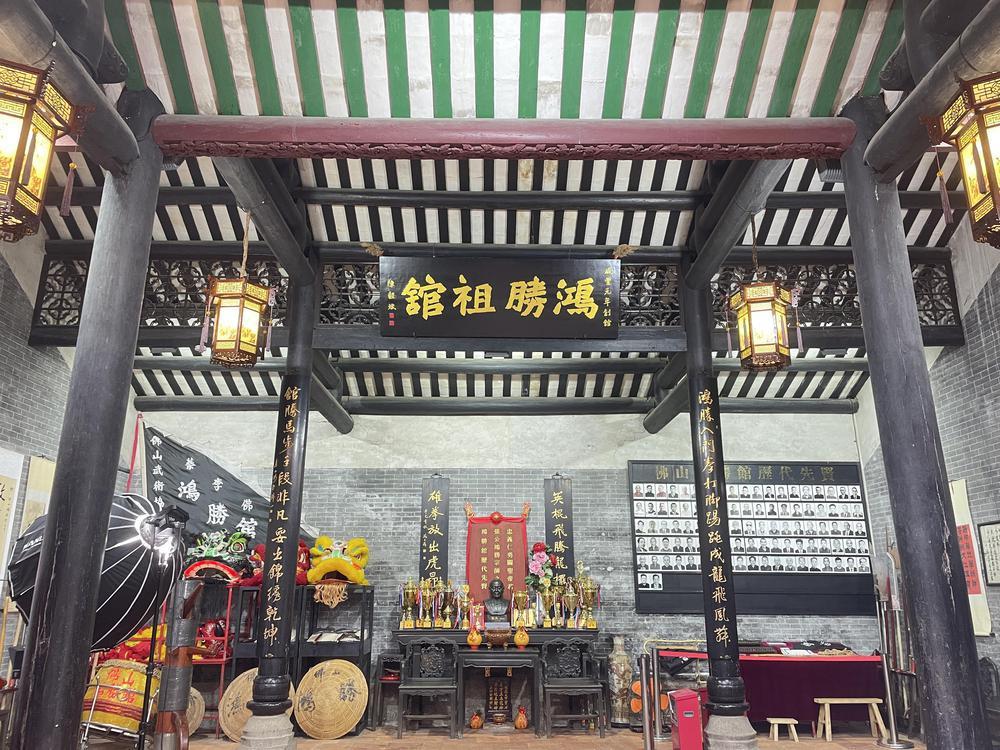
蔡李佛拳是我国传统拳术中的“南拳”之一,运用蔡家拳、李家拳、佛家拳三家拳法之所长,结合自身的特点,由陈享于1836年整理创新而成。2008年6月,蔡李佛拳列入国家级第二批非物质文化遗产保护目录。
蔡李佛拳省级代表性传承人、鸿胜馆馆长黄镇江正在为小学生们演示蔡李佛拳的抱拳礼和马步,学生们学得有模有样。尽管已经73岁了,他每周还是坚持到馆内教授学员们练拳。
武德贯穿始终
1967年,17岁的黄镇江开始正式学习蔡李佛拳。“光是马步就要扎三四个月,师父认为你扎得稳了,才教其他招式。那时天天晚上练,把家里的街砖都踩烂了。”黄镇江说。“蔡李佛拳术讲究腰、膊、腿、手的合力,出手要力贯拳、掌、指,打出去要像飞砣一样。力用得好,本来只有100斤的力,打出去可能有120斤甚至150斤的效果!”
黄镇江说:“从拜师那日起,师父就说学武术不打架,不惹是生非。”学武是为了强身健体、防身自卫,或者和对手切磋。心术不正者,一概不教。
红色血脉传承
黄镇江介绍,佛山鸿胜馆创立于1851年,是佛山第一个公开挂牌招收弟子的武馆,也是中国成立时间最长、人数最多的武馆之一。自那以后,鸿胜馆培育了一代代武林英才,多名蔡李佛弟子为中国革命事业献身。
1937年,被选定为向全国推广的“抗日大刀法”正是利用蔡李佛刀法走偏身、击要害的特点克敌制胜。
尝试走向市场
2021年7月,红色功夫粤剧《鸿胜馆》首演,引起轰动。2021年11月,粤剧《将军令》也在佛山首演,演绎鸿胜馆武师投身革命的英雄事迹。
黄镇江认为,鸿胜馆的故事编成粤剧,对年轻一辈的教育很有帮助。同时,从2015年年底鸿胜馆开始组建武术队,将武术与舞台艺术相结合方面,让更多人了解蔡李佛拳。
此外,鸿胜馆副馆长梁旭勇在2011年创办功夫推拿馆“鸿胜堂”,提供功夫推拿服务、医药制作和跌打推拿培训。
全球学员超千万
佛山鸿胜馆是中国最早走向世界的武术组织之一。如今,蔡李佛拳在全球50多个国家和地区开枝散叶,鸿胜馆开到了世界各地,全球学员超过1000万,堪称世界武术的一大宗派。佛山鸿胜馆是世界蔡李佛弟子认同的祖馆,每年都有来自全国和世界各地的弟子回到鸿胜馆寻根祭祖。
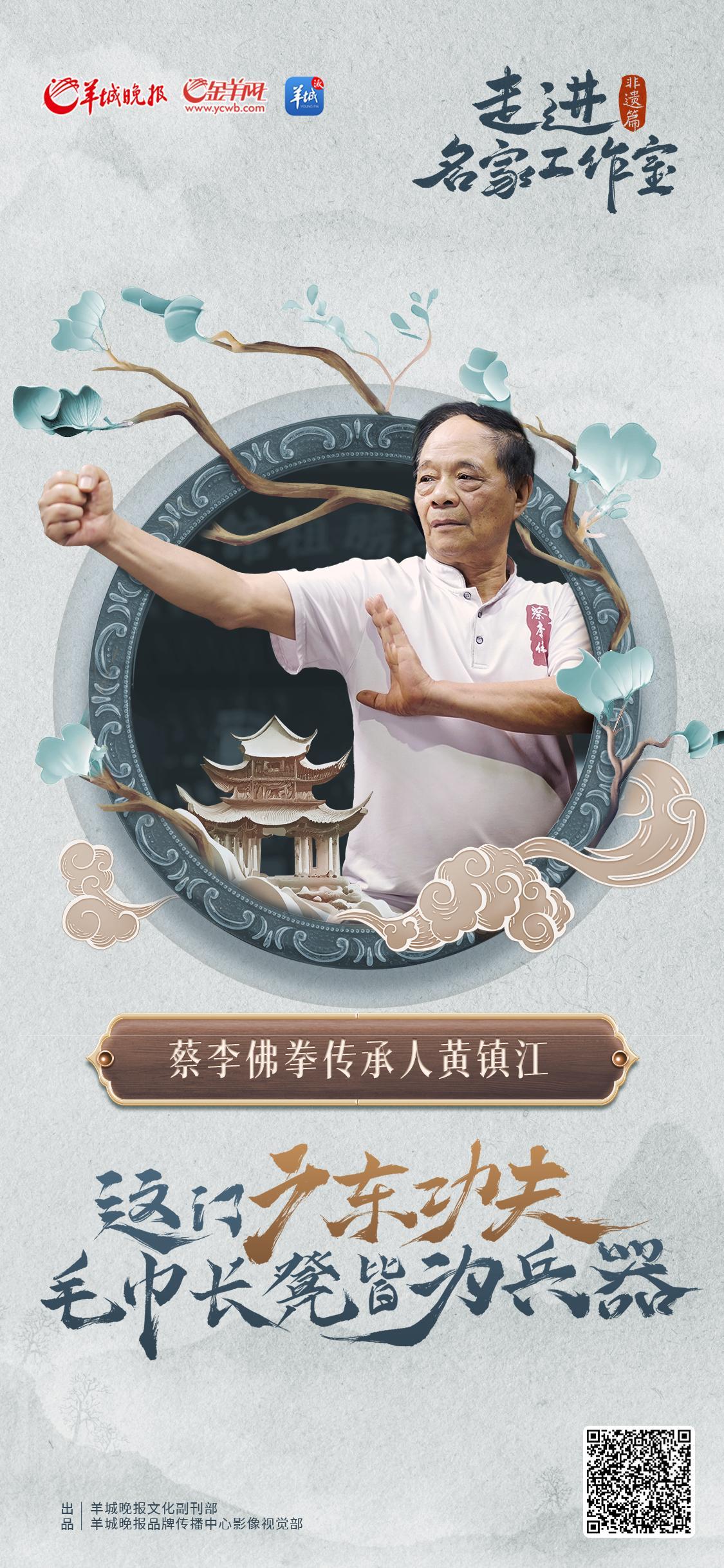
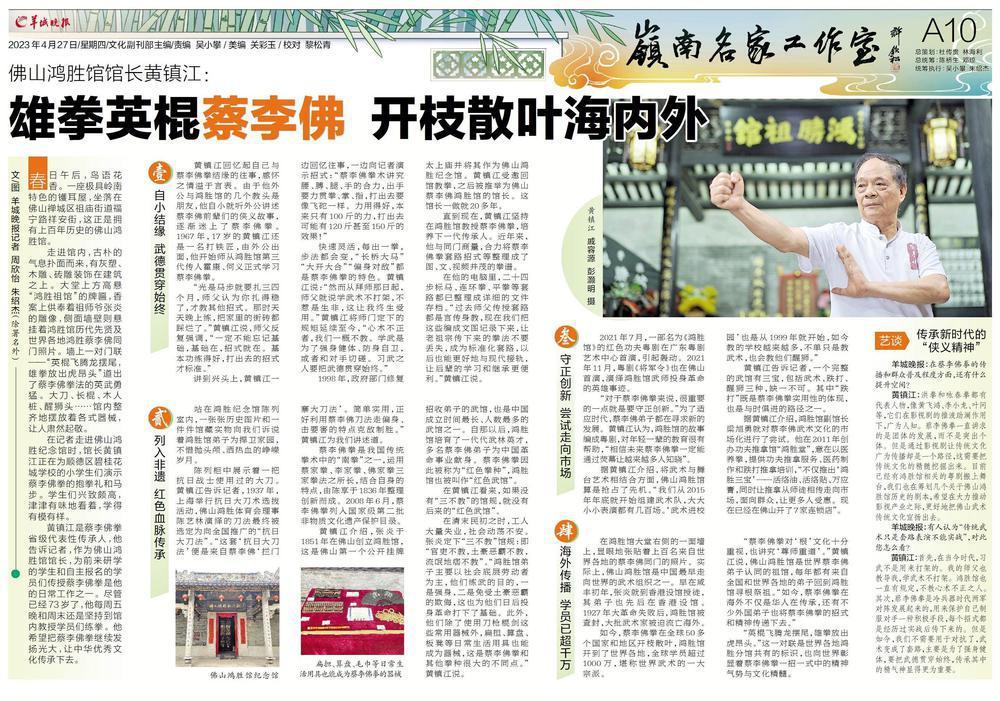
出品人:杜传贵 林海利
策划:孙爱群 陈桥生
监制:邓琼 蒋铮 吴小攀
统筹:朱绍杰 何奔
执行:周欣怡 文艺 彭灏明 黄宙辉 孙磊
海报设计:唐欣怡
文、图|羊城晚报全媒体记者 周欣怡 朱绍杰(除署名外)
视频|彭灏明 戚容源 唐德荣 彭泽祥 暨晴 陈贤宇
翻译|刘佳慧
来源 | 羊城晚报·羊城派









